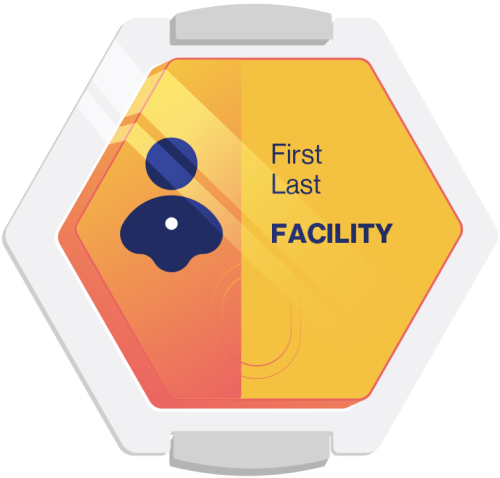
Foundations of theranostics
Radioligand therapy (RLT) and radioligand imaging (RLI) offer a novel, theranostic approach to targeting and treating certain types of cancer.1 This section of the Novartis RLT Institute is designed to help health care professionals (HCPs) understand the basic scientific foundations of RLT. By focusing on the science, we aim to demystify radiation and safety concerns and build confidence in offering patients this approach to precision medicine in cancer.
Radiation safety fundamentals
Radiation dosimetry for staff safety

Personal dosimetry is essential in RLT facilities for ensuring safe radiation monitoring while protecting staff.2
By monitoring radiation exposure during preparation, administration, and handling, dosimetry helps identify areas where additional shielding or protocol adjustments are needed to keep staff safe.3,4 For staff who are exposed to radiation, the dose rate must be below 50 mSv/year in the controlled areas and must not exceed 1 mSv/year in uncontrolled areas.5,6
To measure individual radiation exposure, 2 common types of personal dosimeters are used: body badges and ring dosimeters. Body badges are worn on the body, typically at chest level, to track overall radiation exposure throughout the workday. Ring dosimeters are worn on the hands, providing detailed monitoring of radiation exposure during tasks involving direct handling of RLTs, such as dose preparation and administration. These tools enable comprehensive monitoring and safety for staff in RLT facilities.7-9
Regular monitoring and documentation of exposure ensure compliance with safety limits and support the institution's radiation safety program. Staff wear personal dosimeters to actively measure and manage their exposure, safeguarding their health while handling radioactive materials in compliance with regulatory requirements.7-9
